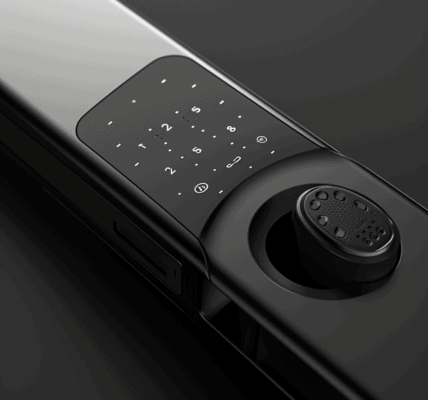Breakthrough in Room Temperature Manipulation of Polaritons Promises Revolution in Computing
In a groundbreaking development in the field of physics, researchers have successfully manipulated hybrid particles known as polaritons at room temperature, a feat that could revolutionize high-speed computing and data processing. This innovative research was co-led by Assistant Professor Su Rui and Associate Professor Timothy Liew from Nanyang Technological University (NTU) in Singapore, with their findings published in the esteemed journal Nature Photonics.
Polaritons are unique entities that exhibit characteristics of both light and matter. They possess a property called “spin,” which allows them to rotate either clockwise or counterclockwise along an axis. This spin characteristic is critical for encoding data in computing systems. Traditionally, researchers have only been able to manipulate polaritons at ultra-low temperatures, akin to the frigid conditions of outer space, making practical applications both costly and challenging.
The breakthrough achieved by the NTU team demonstrates that polaritons can be effectively controlled at room temperature. This was made possible by generating polaritons through the interaction of a green laser with a material called cesium lead bromide, combined with a layer of liquid crystal molecules within a microcavity structure.
By applying an external electric field to this microcavity, the researchers observed that polaritons with differing spins could be directed to move apart from each other. This movement was visually confirmed using a spectrometer, which illustrated how red polaritons spinning in one direction were separated from blue polaritons spinning oppositely.
This new method of manipulating polaritons allows for the rapid storage, transfer, and processing of data, significantly outpacing current computing technologies. Since polaritons travel at the speed of light, their application could lead to unprecedented advancements in data processing capabilities.
The implications of this research extend beyond just computing. The ability to control polaritons at room temperature opens new avenues for the development of advanced optical devices and systems that harness the unique properties of light and matter interactions.
As the demand for faster and more efficient computing solutions continues to grow, the findings from NTU could play a crucial role in shaping the future of technology. The research not only highlights the potential of polaritons in next-generation computing but also emphasizes the importance of interdisciplinary collaboration in scientific advancements.
For those interested in the technical details, the study titled “Polariton spin Hall effect in a Rashba–Dresselhaus regime at room temperature” provides an in-depth look at the experimental setup and results. The research team’s innovative approach marks a significant step toward realizing the full potential of polaritons in practical applications.
As scientists continue to explore the frontiers of physics and nanotechnology, developments like this pave the way for a new era of computing that could transform industries and enhance everyday technology.





